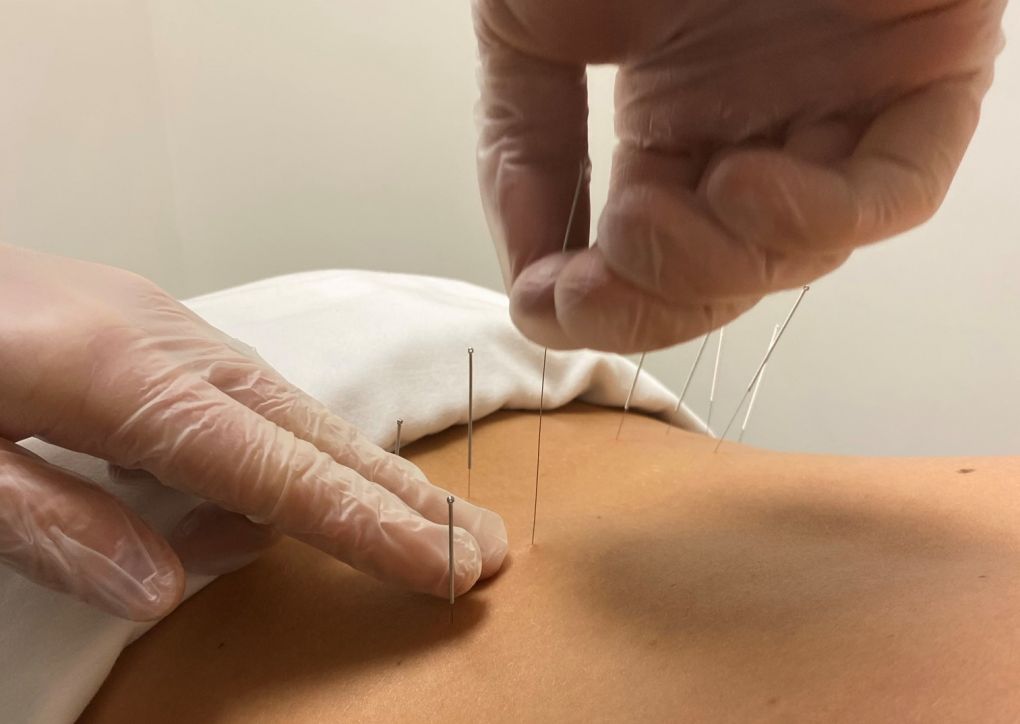Cold is usually best for a fresh injury, like a bruise or a sprain. Applying ice or a cold pack immediately reduces swelling by causing blood vessels to constrict. Cold should only be used for the first 48 hours or so after an injury.
For chronic or recurring pain, you want more blood in the area because it contains oxygen and nutrients that help healing. That’s when heat should be applied to help open blood vessels.
People usually reach for the ice to soothe a burn, but too much cold can slow healing by cutting off blood. Instead, try cool water initially, then switch to slightly warm water – it will still be cooler than burned skin.
Bug bites and things that itch generally respond best to cold, which can help reduce swelling.
Not all arthritis pain is alike. Stiff joints respond to heat, which stimulates blood flow and loosens the connective tissue. But when arthritis pain is more of a burning sensation, applying cold briefly may help reduce pain and swelling.
Headaches vary too. A tension headache may benefit from applying heat to tight muscles in the neck or jaw. On the other hand, vascular headaches, including migraines, do better with cold.
Whether you use hot or cold therapy, here are some important safety tips:
- Make sure the temperature is not extreme.
- Keep a towel between your skin and the heat/cold source.
- Don’t apply heat/cold for more than 15-20 minutes at a time.
- Watch for burns or if your skin becomes numb, blistered, or red.
- Never apply to broken or irritated skin.
- Avoid cold therapy if you have circulatory problems.
If applying heat or cold isn’t helping or your symptoms worsen, then consult a doctor.
Disclaimer: All information, data and material has been sourced from multiple authors and is for general information and educational purposes only and are not intended to replace the advice of your treating doctor.
The views and nutritional advice expressed are not intended to be a substitute for conventional medical service. If you have a severe medical condition or health concern, see your physician.





